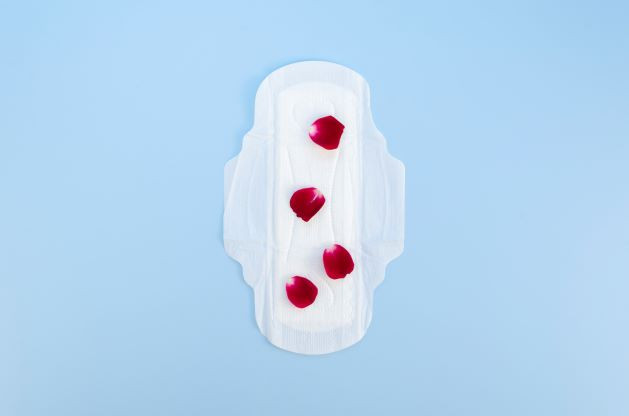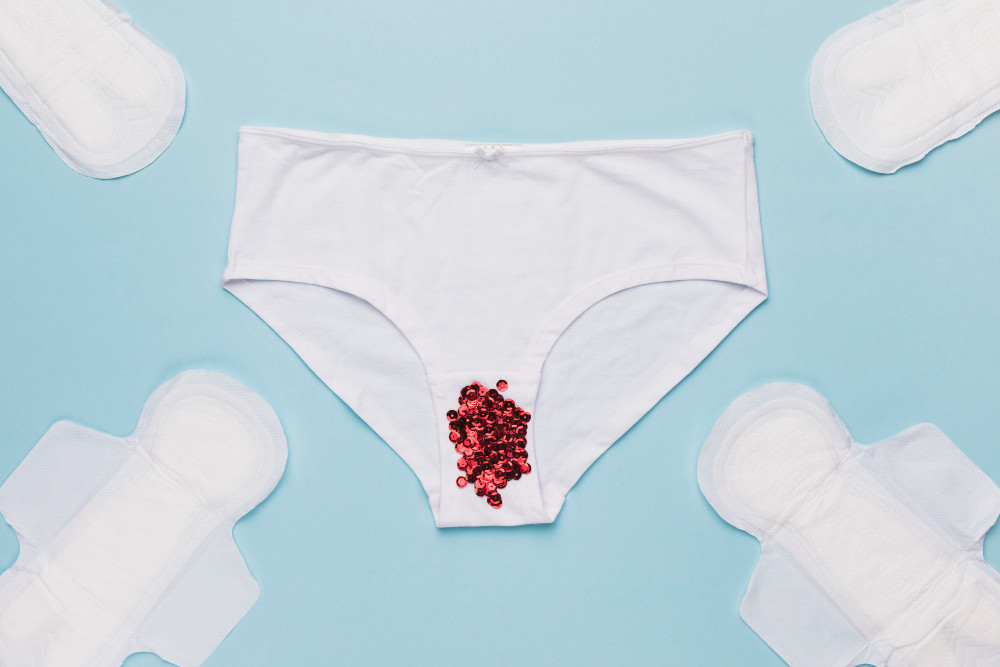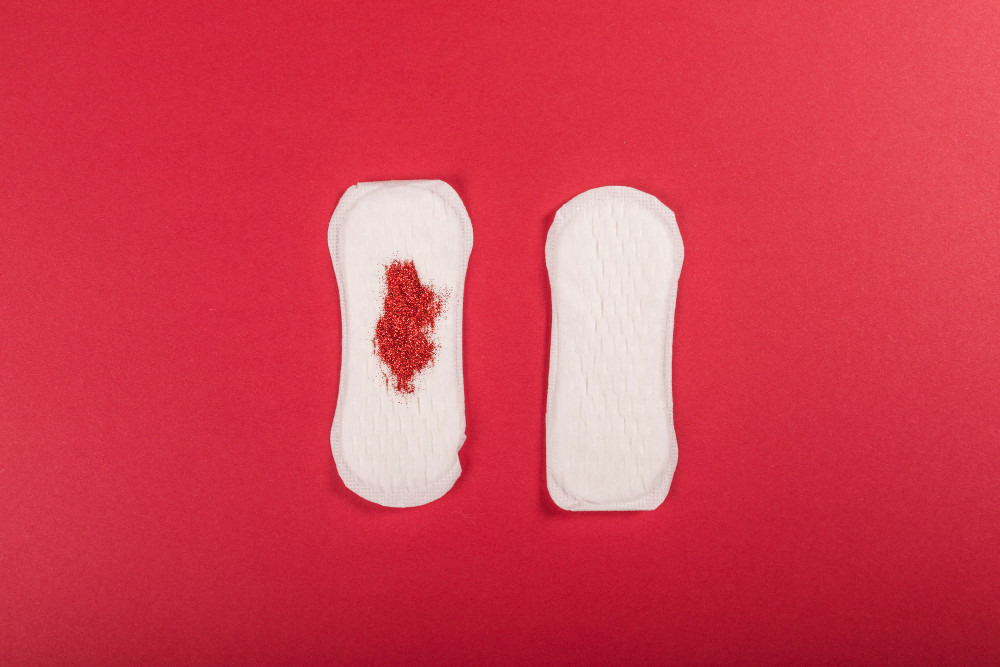Definition
Menarche refers to the initial onset of menstruation in adolescent females. Most females experience menarche between the ages of 10 and 16, with an average age of 12.4 years. Various factors contributing to menarche onset in females are currently being investigated. Vaginal bleeding is typically present at the beginning of the menarche but is otherwise painless and asymptomatic.
Menarche signifies the onset of reproductive function in women and the potential to become pregnant if there are no underlying medical concerns. It is also associated with the maturation of female secondary sexual characteristics.
The difference between menarche and menstruation
Menarche, the first menstrual period, happens once in a lifetime. Meanwhile, menstruation is a periodic physiological condition in women of reproductive age every month. When a woman's egg cells do not receive sperm fertilization, the uterine wall sheds, which results in menstruation. Menstruation typically ranges from 5-7 days, occurring once every month, with a normal cycle length of 28–35 days.
Abnormal menarche
Menarche is considered early if it happens before or at the age of 10 and delayed if it occurs after age 15. Menarche typically happens 2–2.5 years after the onset of breast development. Various onsets may vary according to genetic and environmental factors.
Causes
Menarche occurs when a woman's body has reached the level of development necessary to sustain a monthly menstrual cycle throughout her reproductive years. The uterine wall becomes thicker, and the ovary produces egg cells monthly.
The egg will potentially develop into an embryo after sperm fertilizes it during sexual intercourse. Nevertheless, in the absence of sexual intercourse and fertilization by sperm, the egg will be released together with the uterine wall as menstrual blood every month.
Risk Factor
The factors that determine the onset of menarche are as follows:
- Heredity or genetic factors: Genetic factors determine the onset of menarche. A woman's menstrual cycle usually begins approximately the same year as her mother's
- Hormonal factors: Hormones from the brain and sexual organs may affect the menstrual cycle, including the onset of menarche
- Body composition: Height, weight, and body fat distribution are a few factors that affect menarche
- Health factors: Stress, psychological stress, nutritional balance, and other health problems may influence the onset of menarche
- Environmental factors: Recent studies have reported that socioeconomic factors affect the menarche onset. Individuals may experience menarche faster in nations with higher per capita incomes.
Symptoms
The symptoms experienced during menarche are similar to those occurring before menstruation each month:
- Cramps manifest as abdominal, lumbar, or lower-limb pain
- Abdominal distension (the sensation of a bloated stomach that becomes larger than usual)
- Chest and breast pain
- Acne
- Extreme mood swings
- Fatigue
During menstruation, the expulsion of blood from the uterus might result in the presence of red or brownish blood on your underpants when you urinate. Minor bleeding may appear as red or brown dots. Different bleeding patterns occur in everyone, so don't worry if your symptoms differ.
Diagnosis
Age and the presence of risk factors determine the diagnosis of menarche. Menarche can be self-diagnosed without the need for medical consultation. Menarche, the onset of menstruation, occasionally happens in girls between the ages of 10 and 15.
If a young female finds blood or red or brownish patches, it should be evaluated for the next 5-7 days. If blood flow increases and stops within 5-7 days, it may be menarche, indicating the potential for reproduction.
Abnormal Menarche
Parents should take their child to the pediatrician if they notice signs of premature puberty, egg cells, or thyroid gland disease before age 10. However, if a child does not experience menarche above 16, parents should be aware of the signs of late menarche and see a pediatrician.
Management
A woman doesn't need to stop all her daily activities during menarche or menstruation. If a person has their period every month, she may use:
- Menstrual pads or pantyliners
The primary support during menarche is using sanitary napkins to absorb blood and stains, particularly in cases where a large amount of blood is present. Women may use pantyliners if the bleeding is minimal, typically between days 5 and 7. To avoid vaginal infections, change tampons and pantyliners as frequently as possible, preferably every two to four hours.
- Tampons
Tampons are capable of absorbing blood from the vagina before its expulsion from the body. If you are using a tampon, place it within the vagina to allow absorption of the blood. Regular tampon changes are necessary to prevent vaginal infections.
- Menstrual cups
A menstruating cup is a rubber or silicone device to collect menstrual blood. It involves putting a tiny rubber cup into the vagina. This menstrual cup may initially be challenging, but it is more eco-friendly because it can be washed and sterilized after use.
- Menstrual underwear
Menstrual trousers are recommended because they are larger, allowing for better absorption of menstrual pads, tampons, or cups.
- Warm compress to the abdomen
During menarche, some women experience symptoms such as abdominal pain. Therefore, you may relieve the discomfort or pain by applying a warm water compress to the area.
- Analgesics
Analgesics, such as paracetamol or ibuprofen, are recommended for intolerable pain
- Iron supplementation
Iron supplementation is recommended in excessive bleeding during menarche to prevent iron deficiency anemia.
Complications
Several complications related to menarche include the following:
- Anemia
- Bleeding leakage to the clothes
- Severe abdominal pain
- Fatigue
Prevention
Menarche is universally experienced among women; therefore, no further precautions are necessary.
When to See a Doctor?
See the doctor immediately if the bleeding persists for more than 14 days with a consistent flow of blood and leads to severe fatigue, immobility, difficulty breathing, or fainting.
Want to know more information about other diseases? Click here!
- dr Anita Larasati Priyono
AE. Lacroix, H. Gondal, KR. Shumway, et al., (2022). Physiology, Menarche. Retrieved 8 December 2022, from https://www.ncbi.nlm.nih.gov/books/NBK470216/
Cleveland Clinic - Menarche (First Period) (2022). Retrieved 8 December 2022, from https://my.clevelandclinic.org/health/diseases/24139-menarche
VerywellHealth - Menarche. (2020). Retrieved 8 December 2022, from https://www.verywellhealth.com/what-is-menarche-2721865










